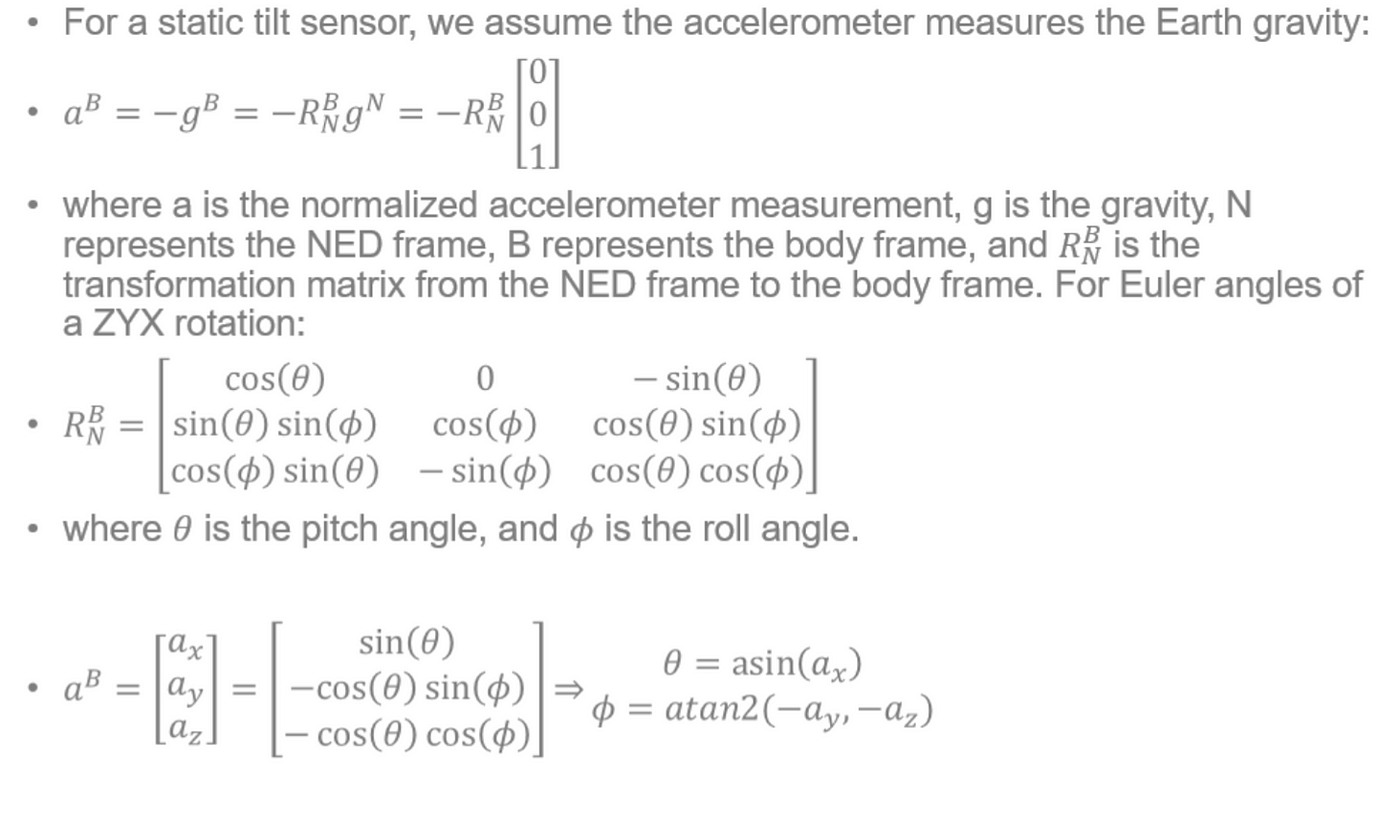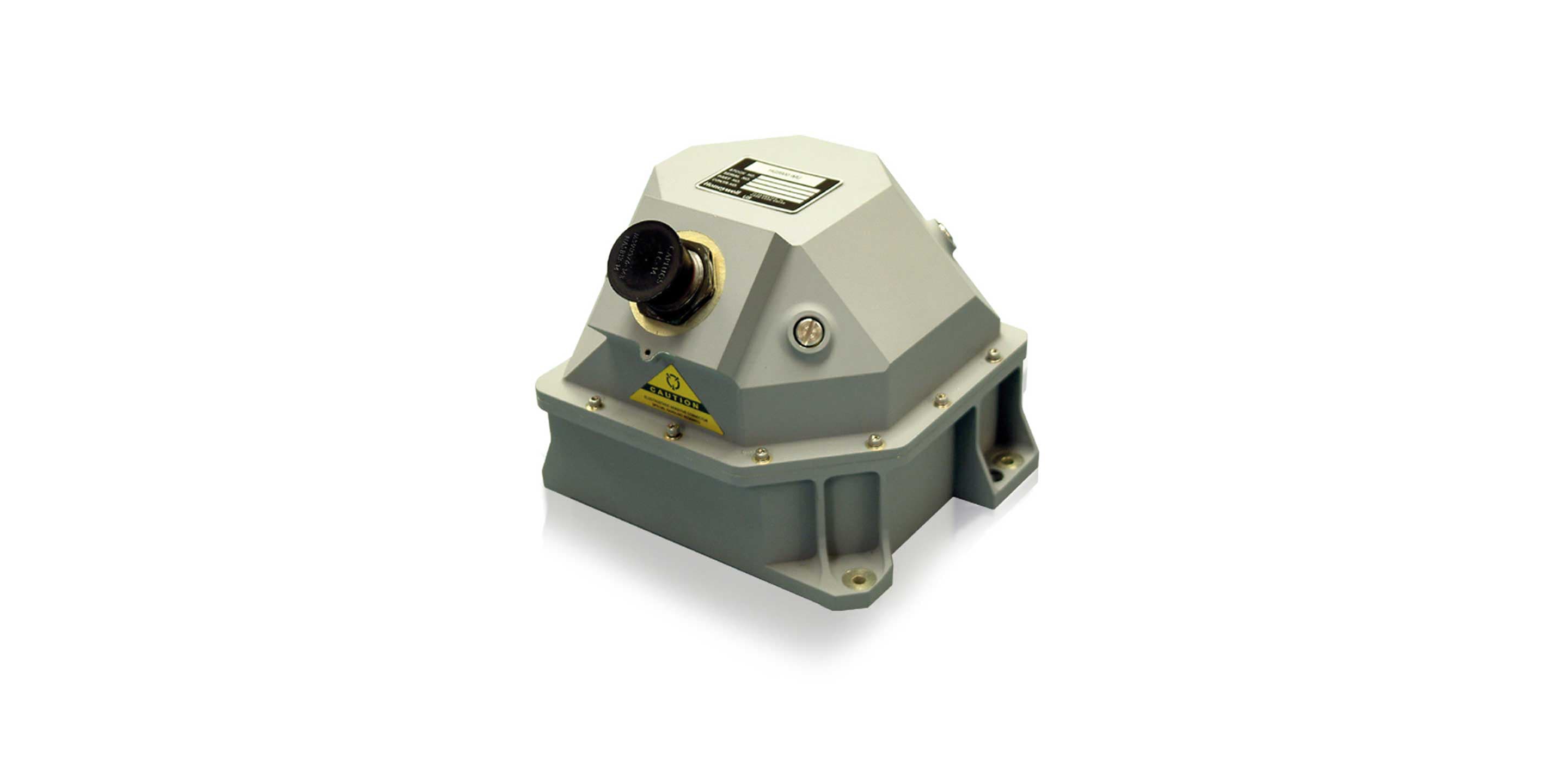Imu Aircraft - The HG1900 is a high-performance inertial measurement unit (IMU) designed to meet the needs of a wide range of guidance and control applications.
The HG1900 is a high-performance inertial measurement unit (IMU) designed to meet the needs of a wide range of guidance and control applications. These platforms require high performance in the most demanding environmental conditions. Small size, light weight and low power make the HG1900 ideal for tactically oriented applications.
Imu Aircraft

The HG1900 features micro-electro-mechanical (MEMS) gyroscopes and quartz resonant light accelerometers. In addition, the HG1900 uses an internal environmental isolation system to reduce unwanted inputs commonly found in real-world applications.
Precision Tactical Grade Mems Imu Delivers Breakthrough System Level Advancements For Positioning And Navigation Applications
Three different performance levels of the HG1900 are available as stock items. The HG1900 offers many configurable functions, such as data rate output and flight control filtering, to facilitate system integration. Honeywell designs, develops and manufactures all inertial sensors used in the HG1900 IMU. The HG1900 has been successfully deployed by the US military and international militaries in numerous weapon, UAV and platform stabilization applications, as well as commercial applications.
CLEAR SELECTED DOWNLOADS The selected files exceed the 10MB limit. Please delete one or more files. The selected components include 'Eula Message' and 'Marketo Form'. industrial equipment, robotics, topography/mapping, stabilized platforms, transportation, UAV and UGV.
With industry standard communication interfaces, the HG4930 can be easily integrated into different architectures. Its very small size, light weight and low power make the HG4930 ideal for most applications.
The HG4930 features MEMS gyroscopes and accelerometers, making it a 6-degree-of-freedom (DOF) IMU. In addition, the HG4930 uses an internal environmental isolation system to reduce unwanted inputs commonly encountered in real-world applications. Internal isolation and other design features ensure that the HG4930 is robust enough to meet the needs of demanding users.
Hg1900 Inertial Measurement Unit
"We tested various daylight configurations from different companies. We were able to test the HG4930 with four or five inertial measurement units, and for us, it outperformed the competition and gave us what we needed. It's necessary."
"There's a sweet spot that gives us the right price-performance ratio while still meeting our size requirements. The HG4930 fits perfectly in that space, which is why we chose Honeywell. It does the job advertised and exceeds our customers' needs."
CLEAR SELECTED DOWNLOADS The selected files exceed the 10MB limit. Please delete one or more files. The selected components include 'Eula Message' and 'Marketo Form'. the orientation and velocity (direction and speed of motion) of a moving object without the need for external references.

Inertial sensors are often supplemented with a barometric altimeter and sometimes with magnetic sensors (magnetometers) and/or speed measuring devices. INS are used in mobile robots
Neo 6m Gps Module Aircraft Flight Controller Gy Neo6mv2 For Arduino Mwc Imu Apm2 887415015245
Other terms used for inertial navigation systems or related devices include: inertial guidance, inertial instrument, inertial measurement unit (IMU), and many other variations. Older INS systems typically used an inertial platform as the attachment point to the vehicle, and the terms are sometimes considered synonymous.
Integrating in the time domain obviously requires a stable and accurate clock to measure elapsed time.
Comparison of the accuracy of navigation systems. The radius of the circle indicates the precision. Smaller radius corresponds to higher accuracy.
Inertial navigation is an autonomous navigation method that uses measurements from accelerometers and gyroscopes to track an object's position and rotation relative to a known starting point, orientation, and velocity. Inertial Measurement Units (IMUs) typically have three orthogonal gyroscopes and three orthogonal accelerometers that measure angular velocity and linear acceleration, respectively. By processing the signals from these devices, the position and direction of the device can be tracked.
Aircraft Ec Imu (1999 Airbus A320 214 C/n 1130) Photo By Howard J Curtis (photo Id: Ac955123)
Inertial navigation is used in a wide variety of applications, including aircraft, tactical and strategic missiles, spacecraft, submarines, and ships. It is also installed on some mobile phones to track and locate the mobile phone.
Direct advances in the construction of microelectromechanical systems (MEMS) have allowed the production of small and lightweight inertial navigation systems. These developments have broadened the range of possible applications to include areas such as motion photography of humans and animals.
An inertial navigation system consists of at least one computer and a platform or module containing accelerometers, gyroscopes or other motion devices. The INS is initially given its initial position and velocity from another source (human operator, GPS satellite receiver, etc.) and then calculates its updated position and velocity by integrating information received from navigation devices. The advantage of an INS is that it does not need an external reference to determine its position, orientation or speed after launch.

The INS can detect changes in its geographic position (such as moving east or north), changes in velocity (speed and direction of movement), and changes in orientation (rotation around an axis). It does this by measuring the linear acceleration and angular velocity applied to the system. Since it does not require external links (after restart), it is free from blocking and cheating.
Safran Sensing Technologies Aero Accelerometer
Inertial navigation systems are used on many moving objects. However, their cost and complexity impose limits on where they are practical to use.
Gyroscopes measure the angular velocity of an ssor frame relative to an inertial reference. By using the original orientation of the inertial reference frame system as the initial state and integrating the angular velocity, the current orientation of the system is known at all times. This can be felt by the ability of a blindfolded passenger in a car to turn the car left and right or up and down when the car is going up or down a hill. Based on this information alone, the passenger knows which way the car is going, but not how fast, slow, or sideways it is going.
Accelerometers measure the linear acceleration of a moving vehicle in a ssor frame or body, but in directions that can only be measured by the moving system (because the accelerometers are fixed in the system and rotate with the system, but are not aware of them. itself). This can be felt as the ability of a blindfolded passenger in a car to push forward in their seat as the car accelerates or decelerates forward; and get down in your seat when the car accelerates uphill or get out of your seat when the car goes over a hill and starts to go down. Based on this information alone, they know how the car is accelerating relative to itself; that is, it is measured forward, backward, left, right, up (toward the roof of the car) or down (toward the floor of the car) with respect to the accelerating car, but not the direction with respect to the Earth, because. I don't know what direction the car was facing relative to Earth and they felt the speed.
However, by keeping track of the angular velocity of the system and the linear acceleration of the system measured relative to the moving system, it is possible to determine the linear acceleration of the system in an inertial reference. Integrating over the inertial accelerations (using the initial velocity as the initial condition) gives the inertial velocities of the system using the direct kinematic equations and integrating again (using the initial position as the initial condition) yields the inertial position. In our example, if the blindfolded passenger knew how the car was displayed and what its speed was before they were blindfolded, and if they could monitor how the car was turning and how the car was accelerating and decelerating, they would know the orientation. , the position and speed of the car at any moment.
Litef Ef 2000 Imu For The Eurofighter
All inertial navigation systems suffer from integral drift: small errors in acceleration and angular velocity measurements add up to errors with increasing velocity, which become even larger errors in position.
Since the new position is calculated from the previously calculated position and the measured acceleration and angular velocity, these errors accumulate roughly proportional to the time the first position was entered. The best accelerometers with a standard error of 10 micrograms pick up an error of 50 meters in 17 minutes.
Accordingly, inertial navigation is commonly used to complement other navigation systems, providing a higher level of accuracy than is possible using any system alone. For example, if the inertially followed speed is updated to zero intermittently with a stop when using the ground,

Imu, fog imu, automotive imu, lord imu, small imu, imu robotics, ahrs imu, miniature imu, vicon imu, vectornav imu, ln200 imu, microstrain imu
0 Comments